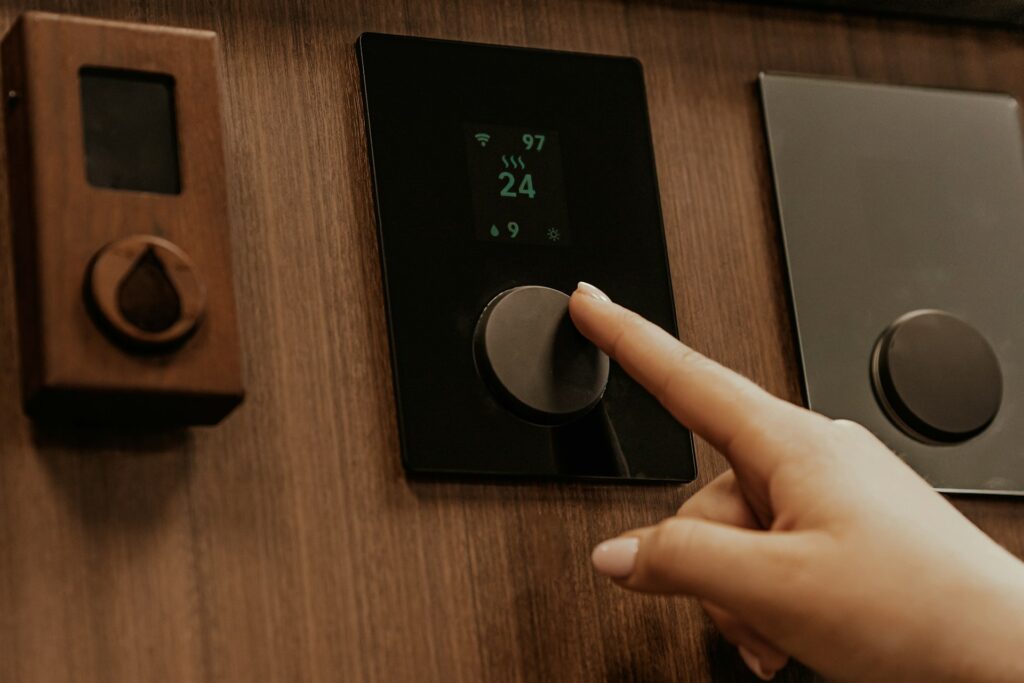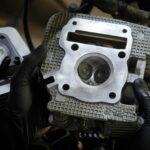
Heat tracing is essential for protecting pipes and equipment from freezing, but running these systems continuously can lead to high energy costs. The key to balancing protection with efficiency is precise control.
By integrating thermostats and timers, you can ensure your heat trace system operates only when necessary, saving energy and reducing operational expenses. This post will explore how these control devices enhance the performance of your heating systems.
Understanding the function of thermostats and timers allows facility managers and engineers to design and operate more effective and economical heat tracing solutions.
We will cover the specific roles these components play, the benefits they offer, and how they contribute to a smarter, more responsive system.
The Foundation: Self-Regulating Heat Trace Systems
Before discussing controls, it’s important to understand the technology they manage. Self-regulating heat trace cables are designed to automatically adjust their heat output based on the surrounding temperature.
- How it works: The cable’s conductive core material increases its electrical resistance as it warms up, which in turn reduces its heat output. Conversely, as the temperature drops, the resistance decreases, and the heat output increases.
- Inherent efficiency: This self-regulating feature prevents overheating and provides localized temperature control along the entire length of the pipe.
While self-regulating cables are inherently more efficient than their constant wattage counterparts, they still draw power continuously unless managed by an external control system. This is where thermostats and timers become indispensable for creating truly efficient heating systems.
The Role of Thermostats in Heat Trace Control
A thermostat acts as the primary brain for a heat trace system, making decisions based on real-time temperature data. Its main function is to switch the heating cable on or off to maintain a desired temperature range.
- Ambient Sensing Thermostats: These devices monitor the outdoor air temperature. They activate the heat trace system only when the ambient temperature drops below a predetermined setpoint (e.g., 38°F or 3.3°C), which is a common trigger for freeze protection.
- Line Sensing Thermostats: For processes requiring precise temperature maintenance, a line-sensing thermostat is used. Its sensor is attached directly to the pipe or vessel, ensuring the contents are kept at the correct temperature, which is critical for materials like grease or temperature-sensitive chemicals.
Using thermostat control ensures that energy is only consumed when there is a genuine risk of freezing or a need to maintain process temperatures, significantly cutting down on electricity usage compared to a system that runs 24/7.
Integrating Timers for Enhanced Efficiency
Timers add another layer of control, allowing you to dictate when the heat trace system is permitted to operate. This is particularly useful in applications where heating is only required during specific periods.
- Scheduled Operation: For example, in a commercial building, freeze protection might only be critical overnight or during weekends when the building’s main heating is turned down. A timer can be programmed to enable the heat trace system only during these high-risk windows.
- Duty Cycling: In some less critical applications, timers can be used to cycle the heat trace system on and off at regular intervals (e.g., 30 minutes on, 30 minutes off) once the temperature drops below the thermostat’s setpoint. This can further reduce energy consumption, though it requires careful consideration to ensure adequate protection.
The Synergy of Thermostats and Timers
The most efficient heat trace systems often use a combination of thermostats and timers. This dual-control strategy ensures that the system is not only activated by temperature but also restricted to operate within specific time frames.
- How they work together: The timer acts as a master control, determining the overall window of operation. The thermostat then functions within that window, switching the heat trace on and off based on the actual temperature.
- Example scenario: A timer could enable the system from 10 PM to 6 AM. During that time, the ambient-sensing thermostat would only activate the heat cables if the temperature drops below its setpoint. If the temperature remains above the setpoint, the system stays off, saving energy even within the enabled time window.
This combined approach provides the ultimate level of control, maximizing energy savings without compromising on protection.
Selecting the Right Control System
Choosing the appropriate control devices depends on the specific application and operational goals. Key factors to consider include:
- Application Type: Is it for basic pipe freeze protection, roof and gutter de-icing, or critical process temperature maintenance?
- Environmental Conditions: What are the lowest expected ambient temperatures in your region?
- Operational Schedule: Are there predictable periods when heating is not required?
- Budget: While advanced controls have a higher upfront cost, they typically deliver a rapid return on investment through energy savings.
For most standard freeze protection needs, a simple ambient-sensing thermostat offers a significant improvement over an uncontrolled system. For greater savings, adding a timer is a logical next step.
Benefits Beyond Energy Savings
While reducing electricity costs is a primary motivator, an efficient heat trace system offers additional advantages:
- Extended System Lifespan: By reducing the total operating hours of the heat trace cables and contactors, you decrease wear and tear, extending the life of the entire system.
- Improved Safety: Proper thermostat control prevents the system from overheating, reducing potential risks associated with malfunctioning or improperly installed cables.
- Environmental Responsibility: Lower energy consumption translates to a smaller carbon footprint, aligning with corporate sustainability goals.
Build a Smarter Heating System
Integrating thermostats and timers into your heat trace design is a simple and effective way to optimize performance. These devices turn a basic heating system into a smart one that adapts to environmental conditions and operational schedules.
By making sure your self regulating heat trace system runs only when necessary, you can significantly save on energy, extend the life of your equipment, and ensure reliable protection.
Implementing proper thermostat control and timer schedules is an investment that provides both cost savings and peace of mind.
Last modified: October 6, 2025








